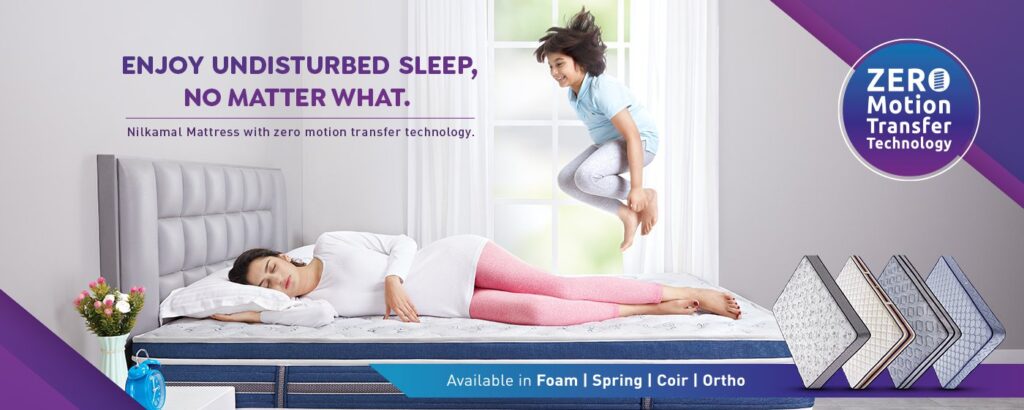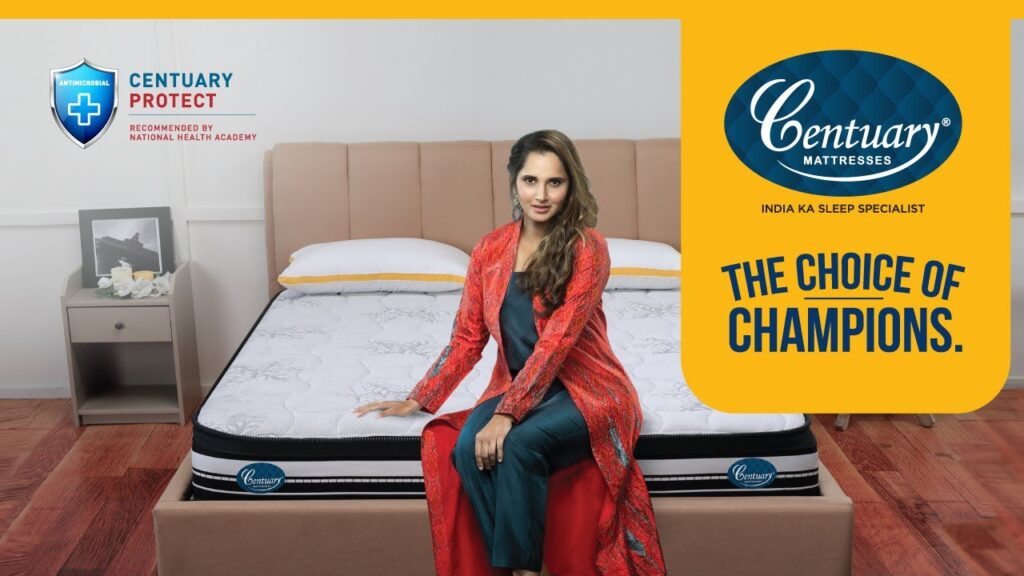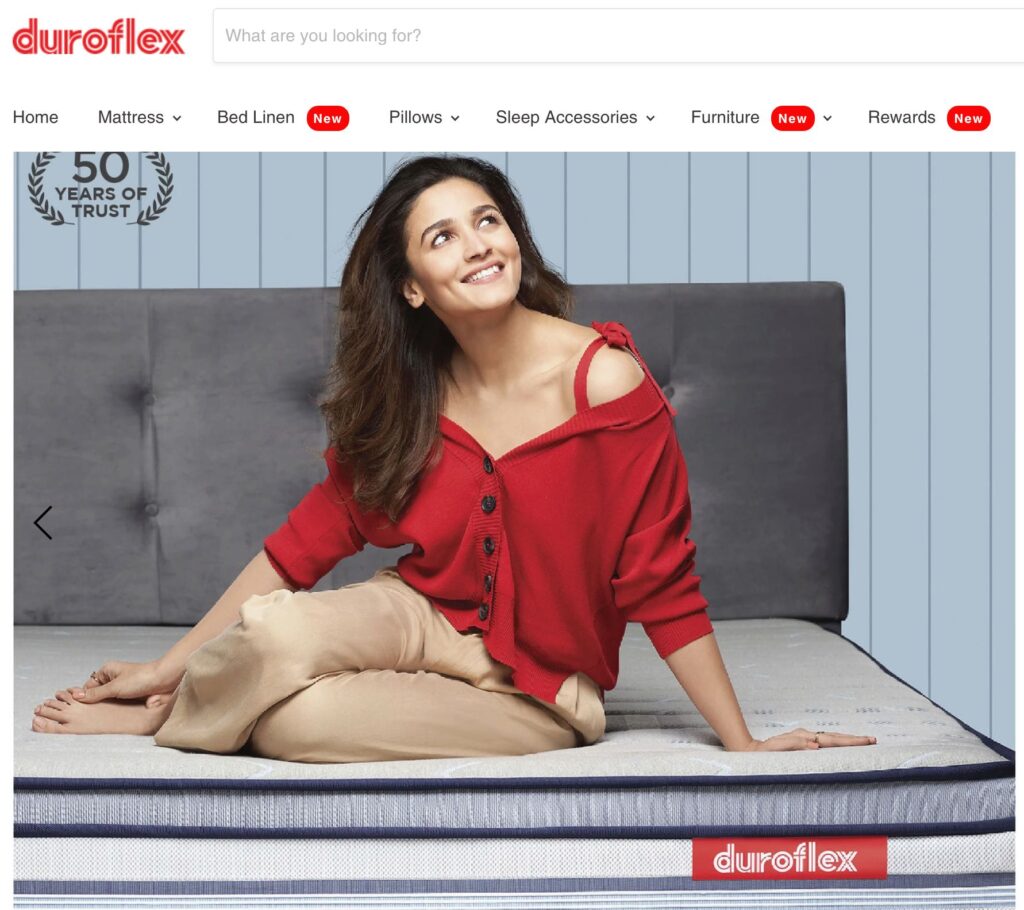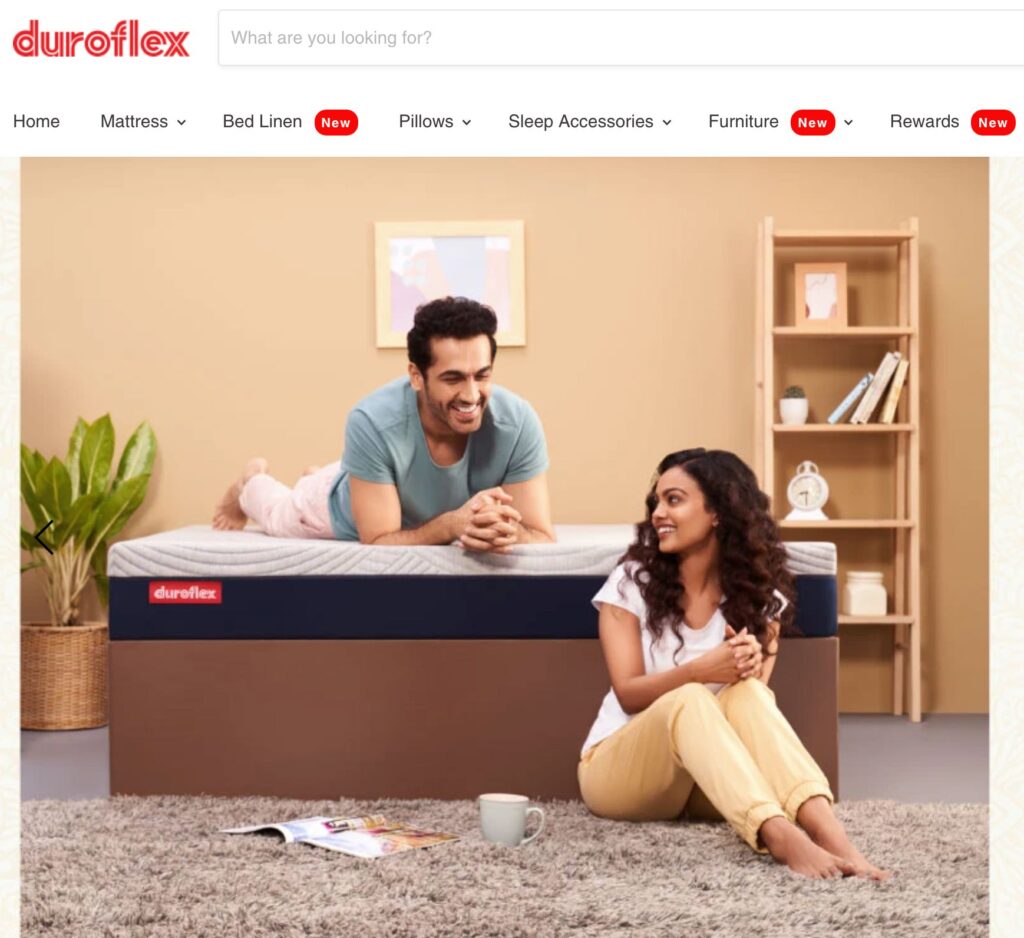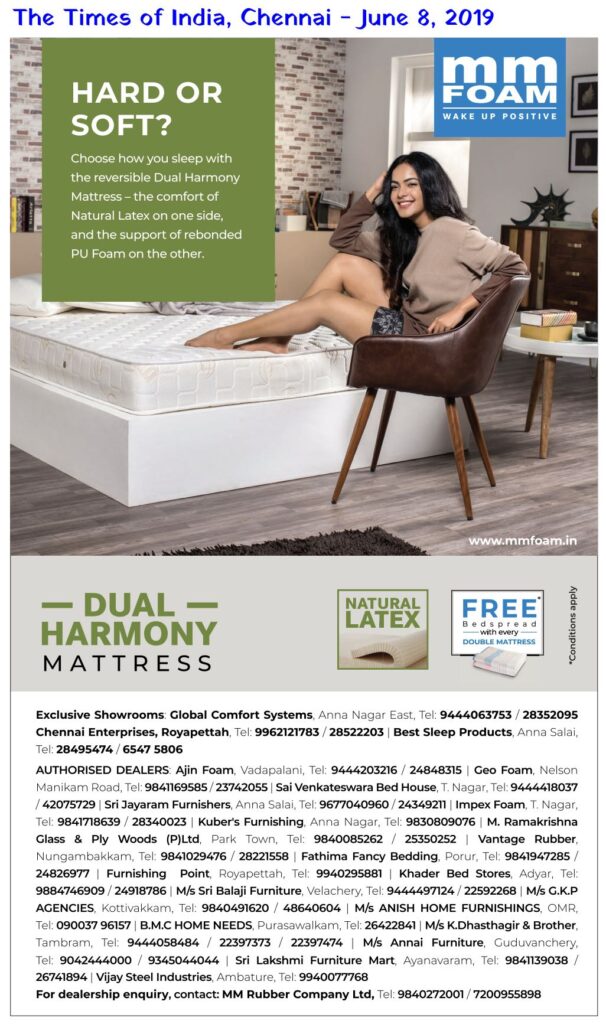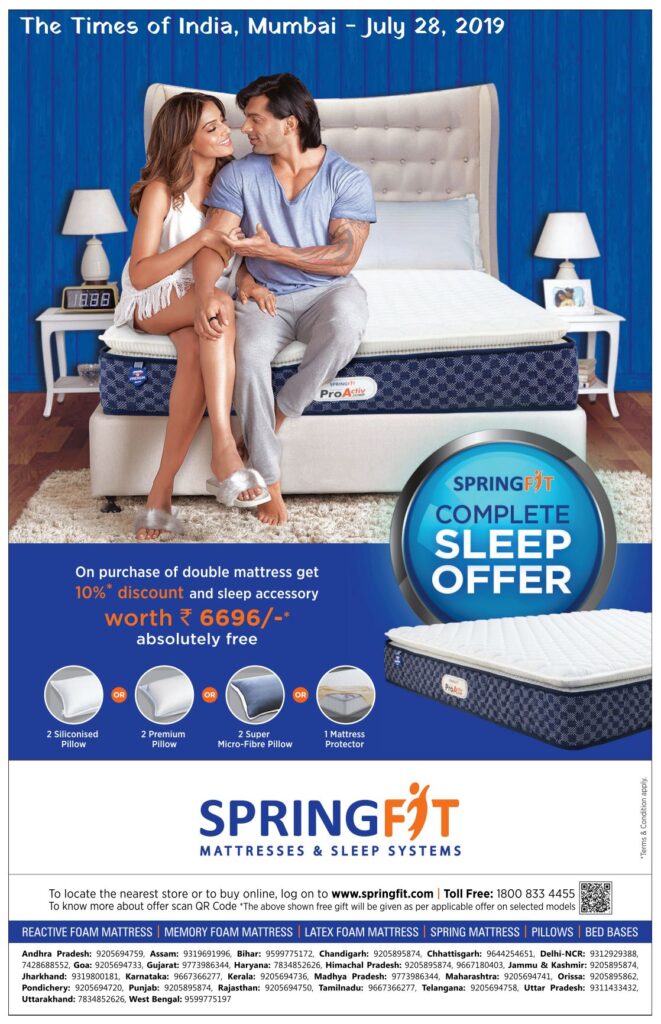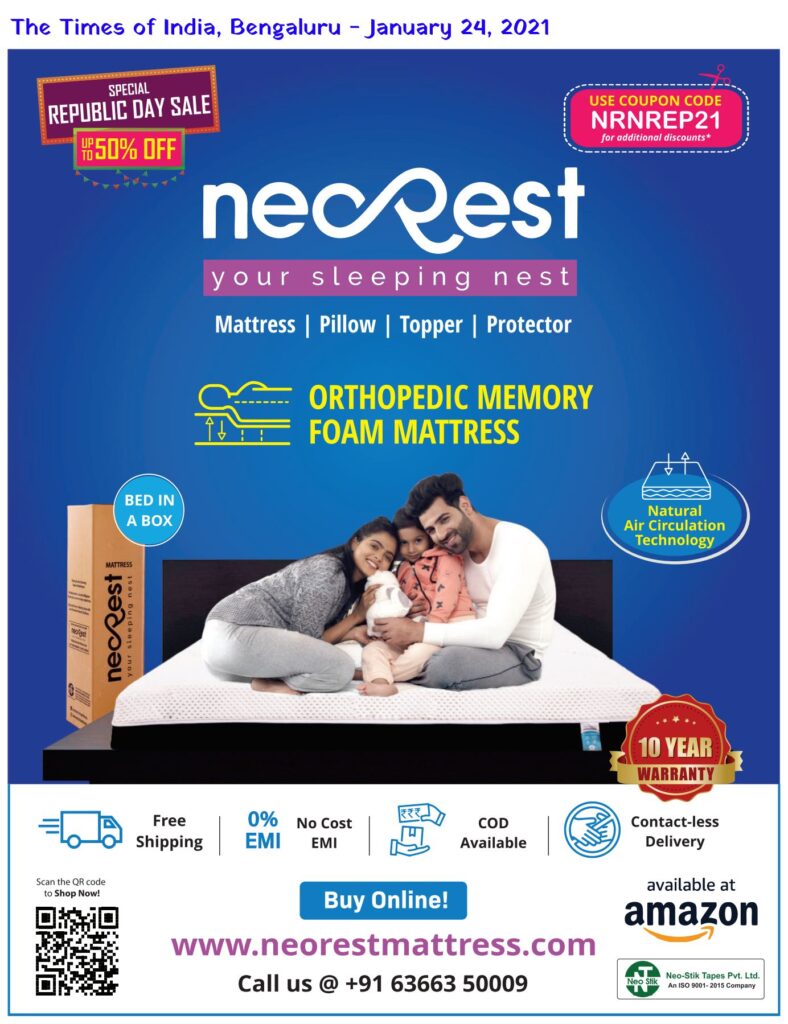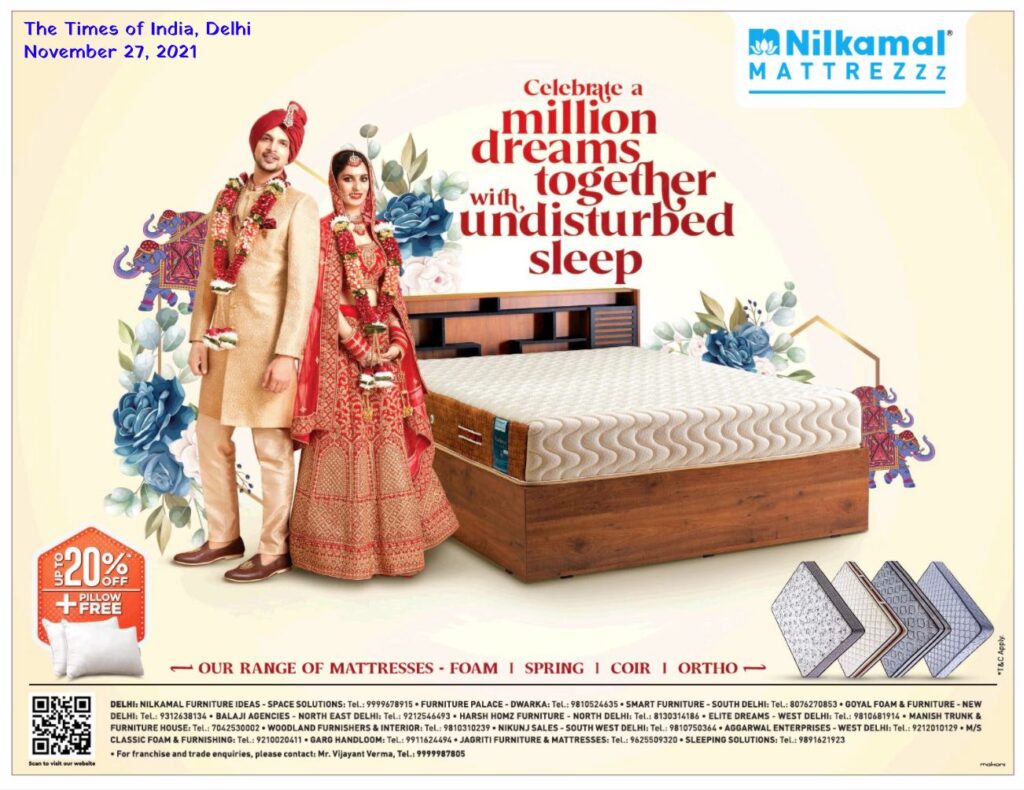
Back in 2018, a tweet on bedspreads/bedsheets went massively viral.

The contention was that millennials do not use a bed spread on top of their mattress! The second interpretation was that it referred to the sheet under the comforter as against the sheet on top of the mattress. By and large, more people called both out as inaccurate.
But there are tons of questions on the internet (which has tons of questions on every conceivable topic you haven’t even thought of, by the way) on, “Is it bad to sleep on a mattress without a bed sheet?”
The short answer? Yes, it is bad and unhealthy. Plenty of reasons – we sweat while we sleep, we shed dead skin cells when we sleep… and all this accumulates directly on the mattress if we do not cover it with a bed sheet that is washed at least once every 2-3 weeks. Using a mattress without a bed sheet also reduces the life of the mattress, incidentally.
Why this research?
Because of the sheer number of mattress brands that advertise (or have photos on their website) with people seated or standing next to the mattress with no bed sheet covering it 🙂
Take a look!
This is fairly common for most mattress-related communication. But why?
On average, the chances of your home’s mattress staying without a bed sheet is very tiny.
The chances of you and your spouse looking deeply into each other’s eyes while seated on a mattress without a bed sheet, like Bipasha Basu and Karan Singh Grover? Zero. Unless you are paid handsomely to do it, of course.
The display of a mattress is most unnatural since that is not the natural state of a mattress’ actual use case. A mattress, by default, is always covered with a bed sheet. But as a brand of mattress trying to communicate to and convince the audience, it is understandable that they would like to show us the product. And if that meant the raw product that is not used the way it actually is at homes, so be it. But it is when people are seated on it, or their feet on it, or kids jumping on it, or people simply beaming near it, that the scene seems unnatural 🙂 It’s hardly wrong – just odd.
However, observe how the scene changes when a home furnishing brand joins a mattress brand for co-advertising!
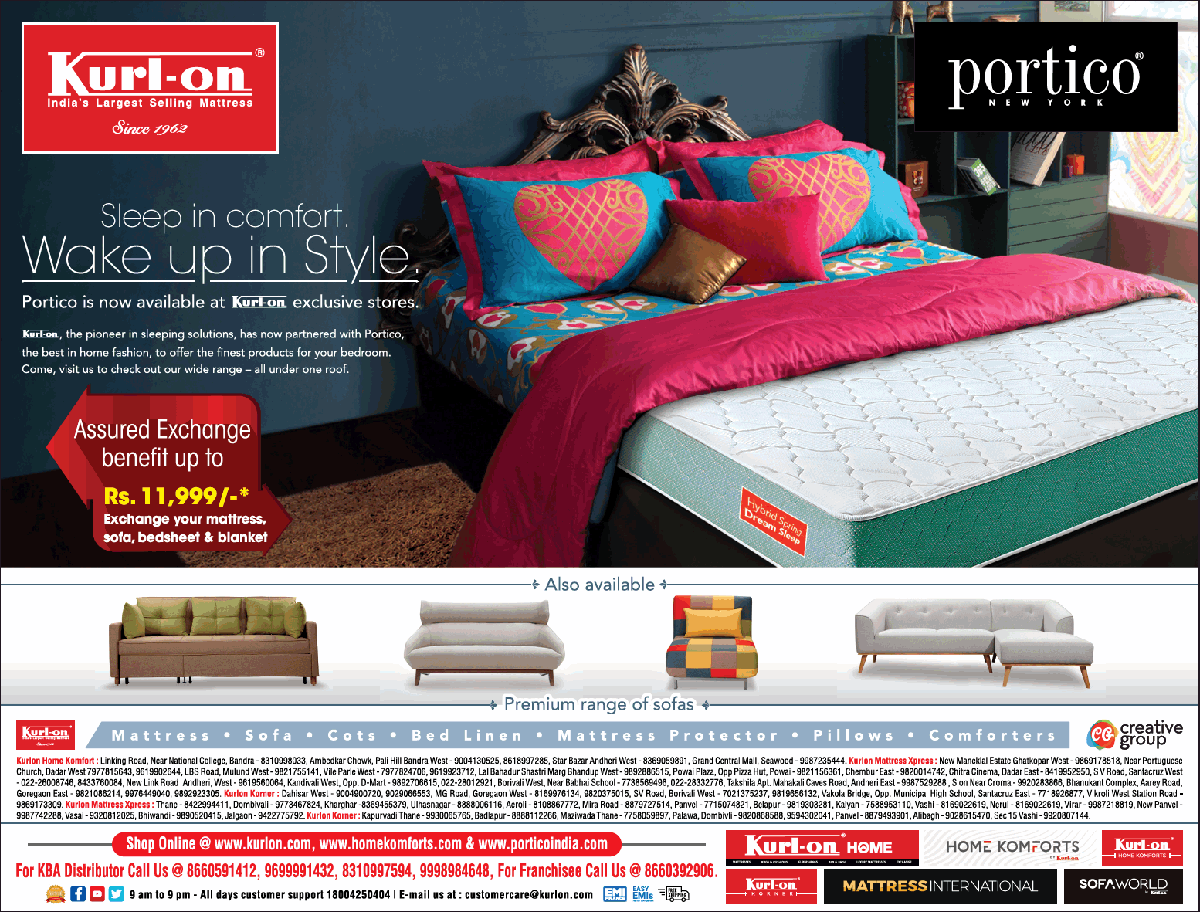
How could mattress brands work their way around it? Should they, at all, is a different question, of course – that depends on them considering this as an impediment in the first place. They need not, for instance, and continue to do what they are doing.
But if they do consider this as awkward, how can they work around this odd problem?
A clear imperative is that the mattress needs to be shown – it is the product being sold, after all!
That’s the first perspective change, though – the actual product being sold may be the mattress, but the benefit being sold is a sound, peaceful sleep.
Consider these examples that focus on that benefit instead of the transactional product.
1. Mattress brand: Stresser Colcho?es | Agency: Guarda Comunicação, Brazil
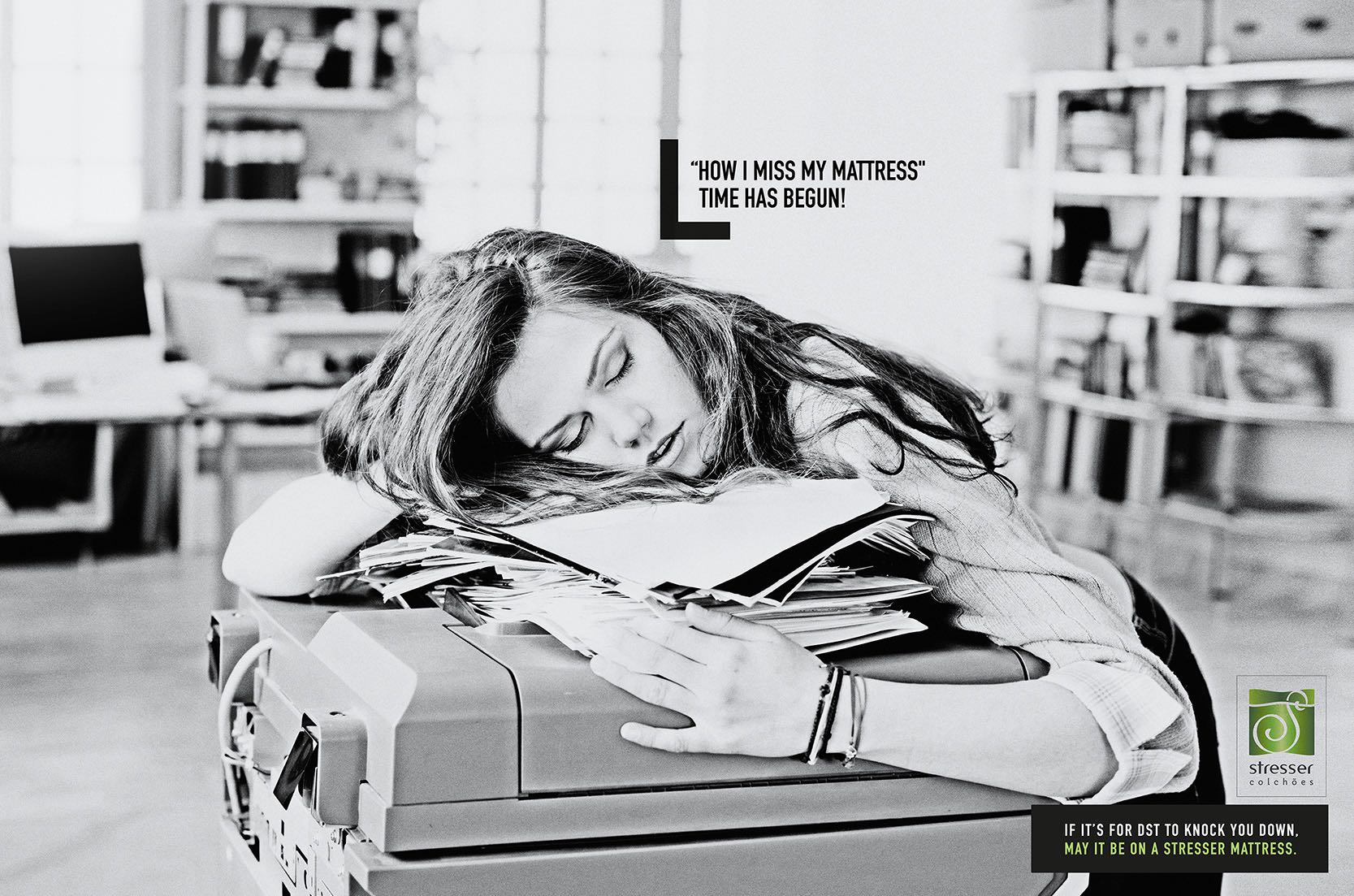
2. Mattress brand: Duxiana | Agency: The Gate Worldwide, United States
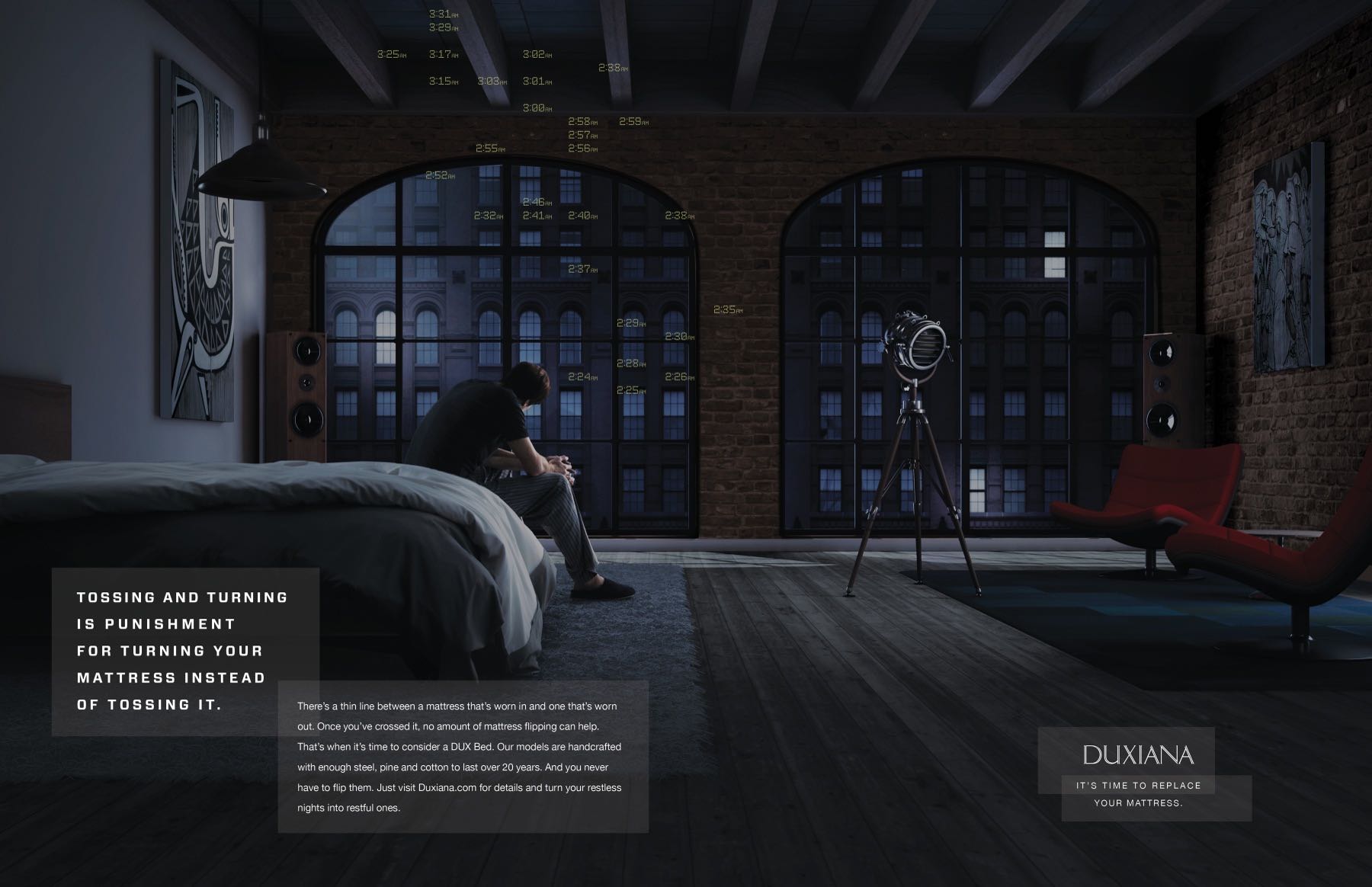
There are other ways too, without trying to sell the benefit and focusing plainly on the mattress alone. Think of practical and real use-cases where the mattress could be shown for a reason.
For instance, when I change the bed sheets at our home—it’s a daunting job getting it perfect—the kids, who are lurking behind me invariably run from somewhere and jump on the newly spread, creaseless bed sheet 🙂 The bed spread does come off the edges at that time and I do it all over again after admonishing the kids in mock anger. So, if a brand is going to show kids jumping, why not add the parents around in mock anger and the mattress covered 60% with the bed sheet?
Or, simply cover the mattress 50-60% when people are seated on it, or looking at it admiringly so that it looks less of a force-fit.
There is nothing wrong with focusing on the transactional product and showing that alone when the communication too is transactional (Republic Day offer; 25% off, and so on). But when the idea is to build the brand, communicating the benefit is probably a better bet than simply showing famous people seated on your product unnaturally.

